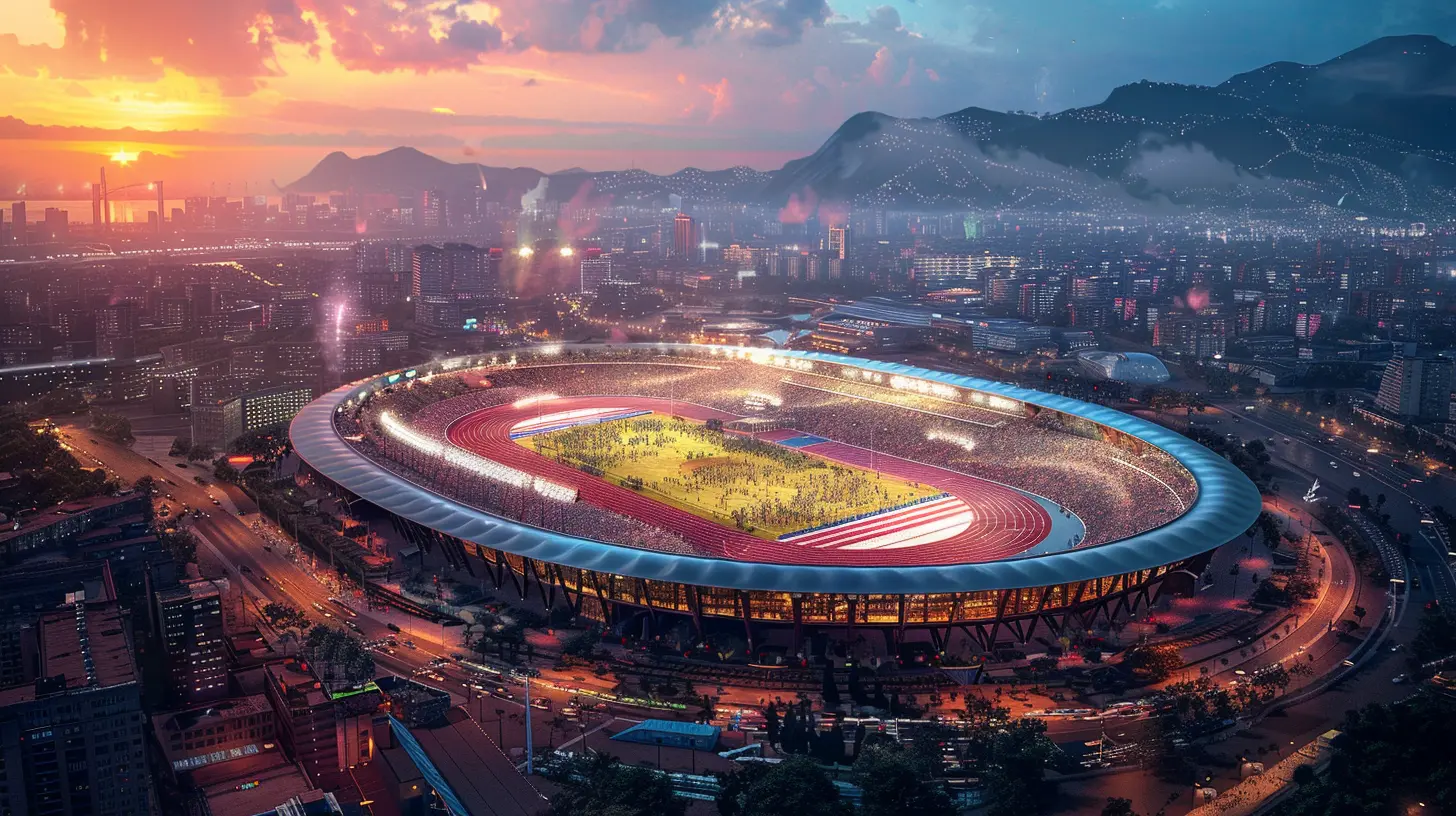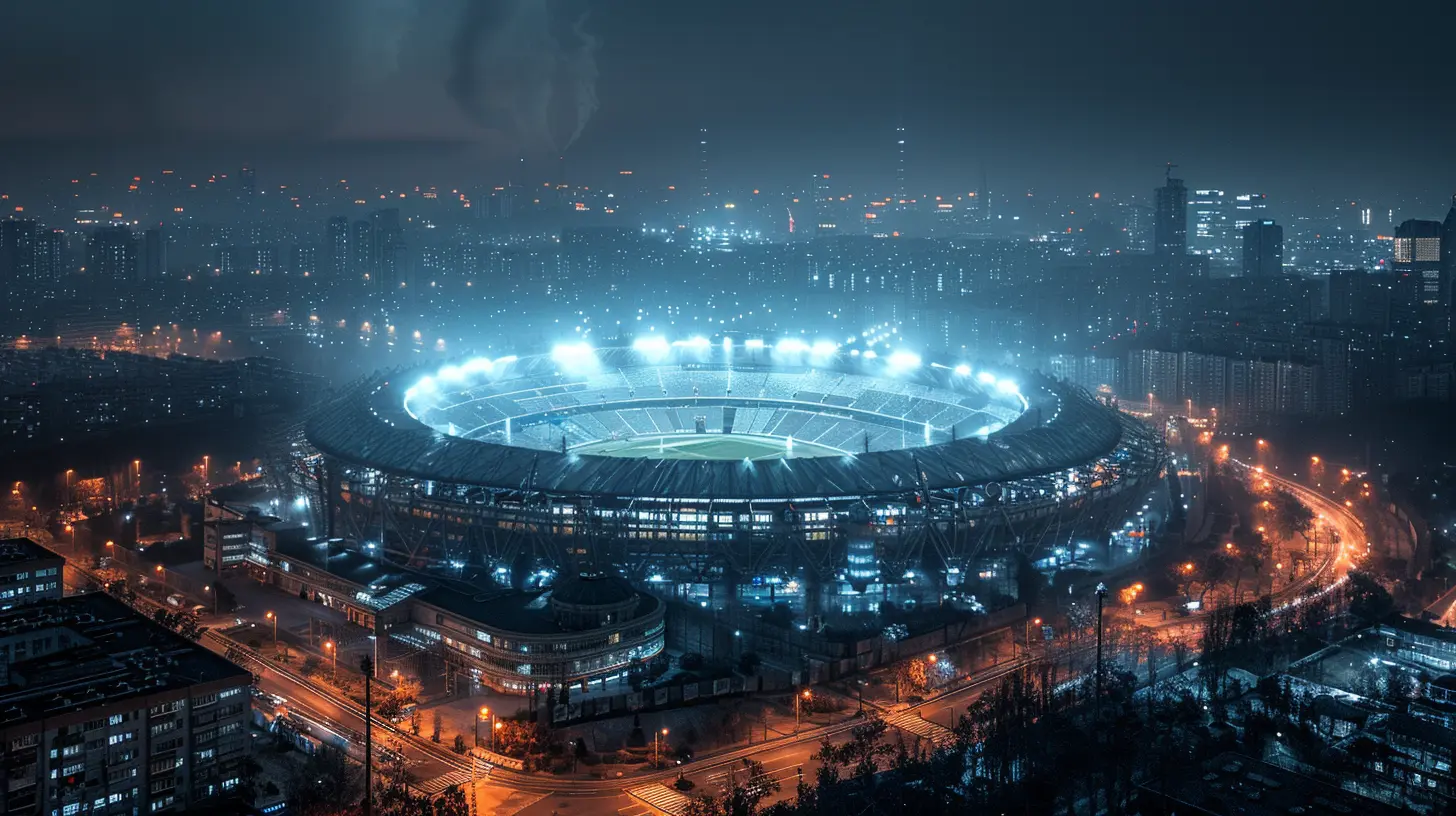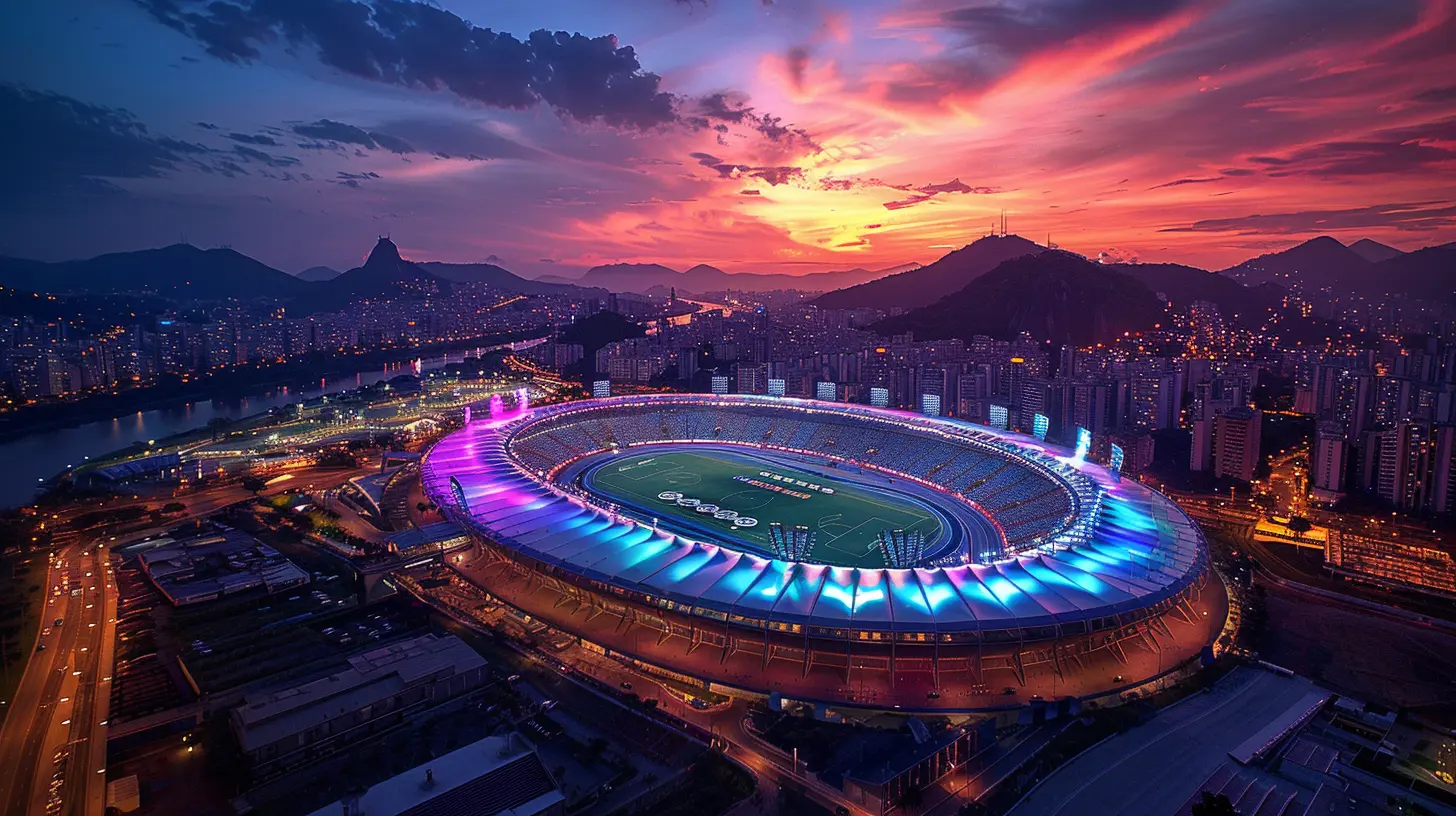How Host Cities Transform for the Olympics
26 July 2025
So, you scored the Olympics? Way to go! You're officially on the world stage, baby! But hold up—hosting the Olympics isn't just about fireworks, gold medals, and perfectly rehearsed anthems. Oh no, it's a complete metamorphosis. Think Cinderella getting ready for the ball, but on steroids. If you've ever wondered how host cities reinvent themselves for the Olympics, buckle up. We’re diving into the glitz, grit, and glamour of an Olympic-level glow-up.

The Olympic Makeover Starts with Massive Planning
First things first—this isn't a "let’s do it next weekend" kinda event. Nope. We're talking about planning that begins 6 to 10 years in advance. When a city wins the Olympic bid, the transformation process starts almost immediately. And it's no walk in the park. We're talking urban planning on a Hollywood blockbuster scale.Imagine trying to fit a Super Bowl, a World Cup, and Coachella all in one month—and scatter them across a city that has traffic problems on a good day. Yeah, it’s that crazy.
City planners have to think about:
- Infrastructure: Roads, airports, metros, you name it.
- Sporting Venues: Brand new or majorly upgraded arenas.
- Accommodation: The Olympic Village alone hosts thousands of athletes. It’s like building a small town within a city.
- Security: Keeping the world’s biggest stars safe? Not cheap or simple.

The Skyline Gets a Facelift
Ever notice how host cities suddenly look ten times more modern once the Olympics roll around? That’s not a coincidence. Host cities often seize this opportunity to revamp their skylines. Cranes become part of the landscape. Skyscrapers rise. Old buildings get a facelift. And, let’s be honest, it's all about looking fabulous for those global TV shots.Beijing gave us the Bird’s Nest and the Water Cube. Rio brought the world to its beaches with a backdrop of photogenic mountains. Tokyo? Immaculate, futuristic vibes that screamed, “We’re ready for anything!”
These structures aren't just for show either. Many of them are repurposed post-Games into malls, housing, museums or public spaces. Talk about not letting a good thing go to waste.

Transportation Gets a Major Upgrade
You can’t have the biggest sporting event on the planet and have athletes and fans stuck in bumper-to-bumper traffic. That’s a hard nope.So what do host cities do? They build entire subway lines, expand highways, and redesign airports.
Remember London 2012? The city poured billions into the transportation system. High-speed trains, bike lanes, bus upgrades—you name it. The result? Londoners still reap the benefits today.
These are the hidden wins of the Olympics. Even if your favorite sprinter didn’t make the final, at least your morning commute is smoother now.

Housing: From Olympic Village to Real-Life Neighborhood
The Olympic Village is where athletes live, eat, sleep, and plot their paths to gold. But once the Games are over, that cozy campus doesn’t just sit there gathering dust.Cities like Sydney, Vancouver, and Tokyo turned their athlete accommodations into long-term housing. It's practically turning dorm rooms into dream homes!
It’s a smart move. When done right, it addresses housing shortages and spurs development in underused parts of the city. When done wrong… well, let’s just say Google “Olympic ruins” if you need a horror story.
Tourism Gets a Golden Boost
All eyes are on you, host city. And honey, you better work it.The Olympics is the ultimate tourism commercial. Gorgeous aerial shots, enthusiastic fans, cultural showcases—it's a 2-week global ad campaign. Host cities use this attention to put their city on the map. (Literally. Some folks still think Africa is a country, so let’s not assume everyone keeps up.)
Rio saw a bump in tourism even before the torch was lit. Tokyo went full anime-meets-tech-wonderland to wow travelers.
The hope? People watch the Games and think, “Dang, I’m booking a trip there next summer.”
The City Becomes an International Melting Pot
The Olympic Games bring the world to your doorstep—literally.Athletes and fans from over 200 countries land with their flags, languages, and unique vibes. The city becomes a cultural blender—think food festivals, pop-up performances, and enough flags to make your head spin.
Local businesses thrive during the Games. Restaurants, hotels, souvenir shops—they all cash in big time. And if the city plays its cards right, those cash registers keep ringing long after the closing ceremony.
Environmental Goals? Oh, It’s Complicated
Here’s where it gets a little messy.Host cities often promise “green Games.” And sure, some do hit the mark. Tokyo 2020 made beds out of recycled cardboard. London turned old industrial land into a glorious green park. Beijing planted millions of trees.
But let’s keep it real—these Games are resource-heavy. Massive construction, huge energy use, and tons (literally) of waste. It's like throwing a wedding for 10,000 people every single day for two weeks.
Sustainability is often a mixed bag. It's the Olympic promise everyone wants to believe, but not every city delivers.
The Price Tag: Worth It or Wallet-Burner?
Hosting the Olympics can cost anywhere from a few billion to—wait for it—$50 billion (Hi, Sochi 👋). That's like buying a Bugatti just to use it as a coffee table.So the question always pops up: is it worth it?
For some cities, absolutely. They get upgraded infrastructure, global brand recognition, and lasting tourism perks. Other cities? Not so lucky. If the venues go unused and debt piles up, it becomes a cautionary tale.
That’s why recent bids have focused on “reusability” and “sustainability.” Think using existing stadiums, relying on temporary structures, and skipping the whole “let’s build a new airport” vibe.
The People Side of Things: Displacement and Gentrification
Let’s not sugar-coat it—people get moved when the Olympics come to town. Entire communities are sometimes displaced to make room for new venues or tourist zones.Gentrification speeds up as neighborhoods get “cleaned up” for visitors. Local rents go up, long-time residents get priced out, and the cityscape changes forever.
It’s the less glamorous reality of transformation. That Olympic sparkle? It sometimes comes at a steep human cost.
Life After the Closing Ceremony: Legacy Time
Once the flame goes out, the real test begins. What happens next?Cities that plan for life after the Games tend to win. They turn Olympic parks into public spaces, keep venues active, and continue attracting major events.
Barcelona 1992 is a masterclass in legacy planning. The city used the Games to overhaul its waterfront—and now it’s a global beachy hotspot.
But if a city treats the Olympics like a 2-week party and forgets cleanup duty? Well, they’re left with empty venues, financial woes, and unhappy citizens.
The Intangible Transformation: Pride, Identity, and Unity
Let’s not forget the good vibes, y'all. Hosting the Olympics brings a tidal wave of national pride. People rally behind their athletes, wave flags, and cry happy tears during medal ceremonies. It’s a unifying moment that transcends politics, culture, and even time zones.For two glorious weeks, you’re not just a city—you’re the heart of the sporting world. That energy? Absolutely priceless.
Think about it: how often does the world come together to cheer, cry, and celebrate humanity like this? That magic lingers long after the torch is gone.
Final Thoughts: Is the Glow-Up Worth It?
So, how do host cities transform for the Olympics? In every way possible.They build, upgrade, polish, and promote. They sweat the details and dream big. Sometimes it works beautifully. Sometimes it's a hot mess. But every city that hosts steps onto the global stage with a new identity—a shinier, sassier, and more confident version of itself.
The Olympics isn’t just about who runs the fastest or jumps the highest. It’s about how a city rises to the challenge—and how it changes forever in the process.
So next time you catch the Opening Ceremony, remember: behind the fireworks lies years of sweat, strategy, and straight-up hustle.
all images in this post were generated using AI tools
Category:
OlympicsAuthor:

Easton Simmons
Discussion
rate this article
1 comments
Thomas McCall
What an exciting glimpse into the vibrant transformations of host cities for the Olympics! The energy, culture, and community spirit that emerge are truly inspiring. Can’t wait to see the magic unfold! 🥇🏙️✨
August 22, 2025 at 4:36 AM

Easton Simmons
Thank you! It's amazing to see how the Olympics can unite communities and showcase their unique cultures. Exciting times ahead! 🥇✨


